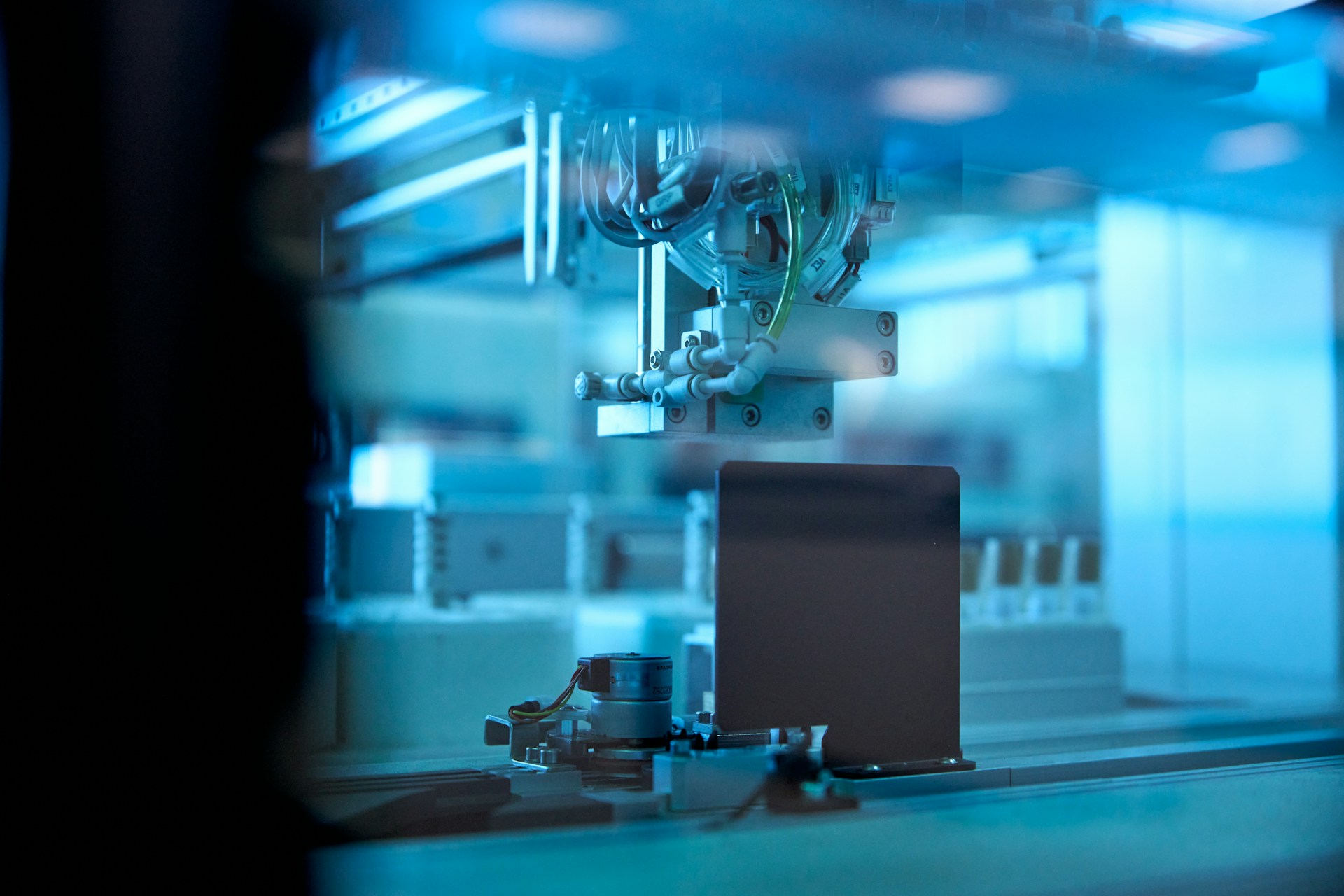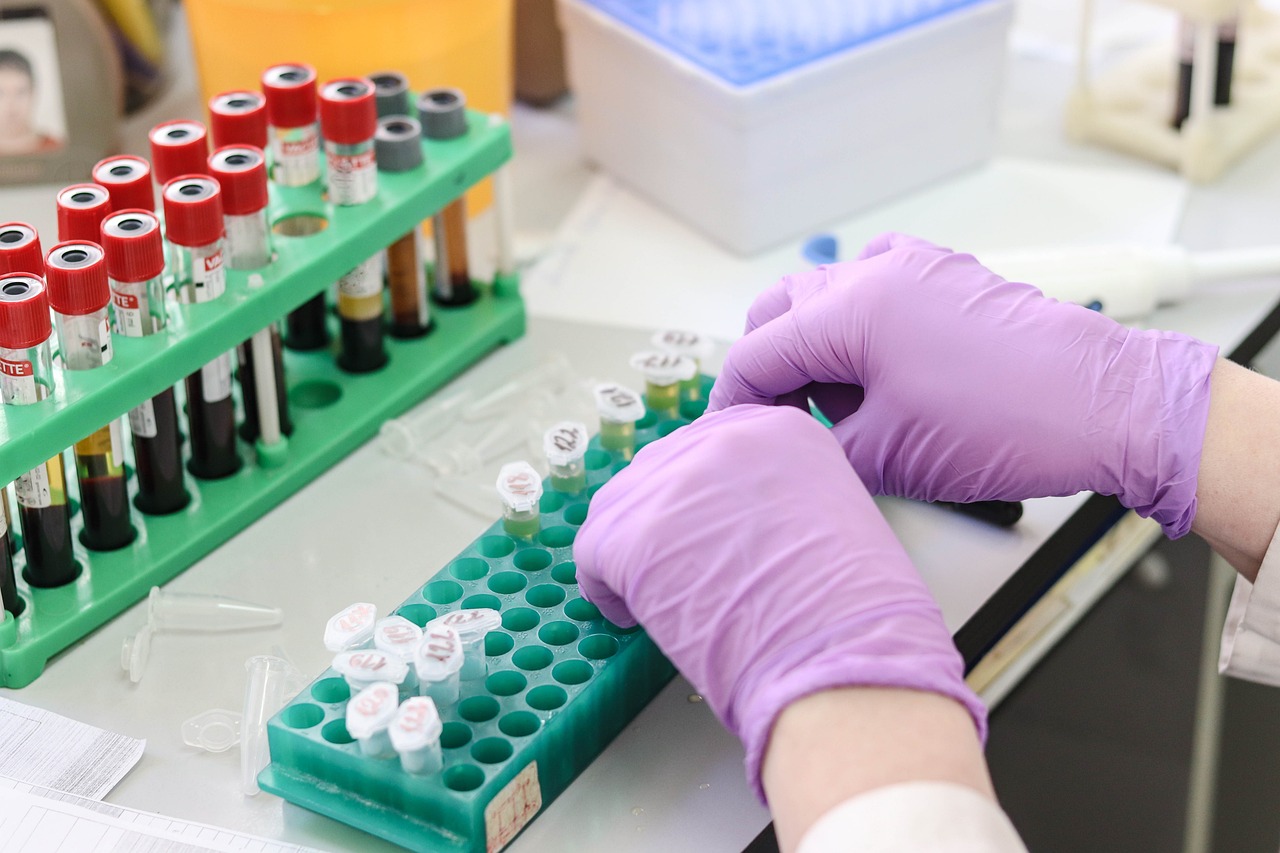
Epitalon Peptide Research Studies
It has long been speculated that epithalons (epitalons) may aid in preserving telomeres, the protective end caps on DNA (chromosome) fragments.
Telomeres prevent DNA damage during replication, which occurs when a cell divides into two. However, telomeres degrade and become ineffective at a certain point. Either apoptosis (cell suicide) or senescence (cell dormancy) occurs at this stage in a cell’s life cycle.

The telomerase enzyme, which preserves and repairs telomeres, is hypothesized to be activated by the Epitalon. A prolonged half-life and reduced cell senescence rate result from an active telomerase. As a whole, it seems like cell aging is being slowed down. Epitalon has suggested promise in extending life in rats via this mechanism, with some studies suggesting a 27% increase.
Epitalon has been theorized to activate telomerase and more. It has been hinted that Epitalon may change the DNA structure to influence gene expression, as mentioned above. Scientists are interested in this process, which they call epigenetic modification because it lays the groundwork for fine-grained regulation of gene expression. Epigenetic technology is the subject of ongoing research because it holds great promise for modifying various traits, including eye color, intelligence, and lifespan. In vitro investigations have purported that micro-encapsulated Epitalon may have high bioavailability.
Epitalon Peptide and Immunity
Research suggests that at least a dozen genes are involved in the immune system functioning that interact with Epitalon. Increasing the differentiation of immune system cells is something that Epitalon has been assumed to do by modifying the expression of CD5. Findings imply that Epitalon may adjust the generation of white blood cells via its regulation of IL-2.
Epitalon Peptide and the Skin
Investigations purport that changing the expression of MMP2 and Tram1, both essential to the skin’s function, may be one of the characteristics of Epitalon. The preservation of collagen and elastin, essential components of skin, tendons, muscle, and other tissues, depends on MMP2, which plays a crucial role in this process. Tram1 is a general regulator of protein synthesis that contributes to an increase in the amount of protein generated by cells during the development process, the healing of wounds, or as a reaction to physical activity. Researchers speculate that Epitalon may cause mice to have a 30-45% increase in the activity of their fibroblasts. The extracellular matrix is generated by fibroblasts, which are the cells that make it.
Epitalon Peptide and the Nervous System
Research that is considered cutting edge, which was conducted by Professor Vladimir Khavinson, who is considered the founder of modern peptide synthesis, suggests that Epitalon may increase the proliferation of neurons. The research conducted by Dr. Khavinson purports that Epitalon may increase the synthesis of nestin, GAP43, Beta Tubulin III, and Doublecortin in cells that are generated from the lining of the mouth. The fact that each of these peptides is a hallmark of neuron differentiation lends credence to the hypothesis that Epitalon might change gene expression in a manner that is beneficial to the formation of nerve cells.
Scientists hypothesize that Epitalon may also affect the eyes, which should be considered an extension of the nervous system. It has been ascertained via research that the peptide might assist in the maintenance of the eye’s normal structure and enhance the bioelectric processes in the retina that are essential for vision.
Epitalon Peptide and Cancerous Cells
Studies suggest that when Epitalon is given to diseased rats, the development of tumors appears to slow down, and the rates of metastasis, which is the spread of cancer, seem reduced. Research is now being conducted to determine whether or not Epitalon may have the potential to inhibit or stop the progression of Her-2/Neu-positive breast tumors. It is assumed that the activation of PER1 by Epitalon, which is under-expressed in cancer, may be responsible for mediating these effects.
Epitalon Peptide and Circadian Rhythm
The modulation of PER1 by Epitalon is theorized to be significant in the field of cancer and may have the potential to influence the circadian rhythm (sleep-wake cycles) in mammals. There is a certain amount of curiosity over the possibility that activation of PER1 might be responsible for protecting the heart, the negative consequences of tiredness, and other sleep problems.
Research conducted on rats hints that Epitalon may affect melatonin generation and release. Researchers suggest it might restore normal melatonin production in monkeys after they have been injured. Scientists also speculate there may be a broad range of possible research avenues for this compound, including stroke, traumatic brain injury, post-traumatic stress disorder, and other conditions.
Researchers interested in further studying this peptide may navigate the Core Peptides website for the highest-quality research compounds available on the market. Please note that none of the substances mentioned in this article have been approved for human or animal consumption. These peptides should not be purchased or utilized by unlicensed individuals outside of contained laboratory environments.

References
[i] J. Shaji and V. Patole, “Protein and Peptide Drug Delivery: Oral Approaches,” Indian J. Pharm. Sci., vol. 70, no. 3, pp. 269–277, 2008, doi: 10.4103/0250-474X.42967.
[ii] V. Kh. Khavinson, I. E. Bondarev, and A. A. Butyugov, “Epitalon Peptide Induces Telomerase Activity and Telomere Elongation in Human Somatic Cells,” Bull. Exp. Biol. Med., vol. 135, no. 6, Art. no. 6, Jun. 2003, doi: 10.1023/A:1025493705728.
[iii] T. A. Dzhokhadze, T. Z. Buadze, M. N. Gaĭozishvili, M. A. Rogava, and T. A. Lazhava, “[Functional regulation of genome with peptide bioregulators by hypertrophic cardiomyopathy (by patients and relatives)],” Georgian Med. News, no. 225, Art. no. 225, Dec. 2013.
[iv] N. I. Chalisova, N. S. Lin’kova, A. N. Zhekalov, A. O. Orlova, G. A. Ryzhak, and V. K. Khavinson, “[Short peptides stimulate skin cell regeneration during ageing],” Adv. Gerontol. Uspekhi Gerontol., vol. 27, no. 4, pp. 699–703, 2014.
[v] V. Khavinson et al., “AEDG Peptide (Epitalon) Stimulates Gene Expression and Protein Synthesis during Neurogenesis: Possible Epigenetic Mechanism,” Mol. Basel Switz., vol. 25, no. 3, p. E609, Jan. 2020, doi: 10.3390/molecules25030609.
[vi] T. D. Brown, K. A. Whitehead, and S. Mitragotri, “Materials for oral delivery of proteins and peptides,” Nat. Rev. Mater., vol. 5, no. 2, Art. no. 2, Feb. 2020, doi: 10.1038/s41578-019-0156- 6.
[vii] “Pineal-regulating tetrapeptide epitalon improves eye retina condition in retinitis pigmentosa. – NeL.edu.” https://www.nel.edu/pineal-regulating-tetrapeptide-epitalon-improves-eye-retina-condition-in-retinitis-pigmentosa-2210/
[viii] V. N. Anisimov et al., “Inhibitory effect of the peptide epitalon on the development of spontaneous mammary tumors in HER-2/neu transgenic mice,” Int. J. Cancer, vol. 101, no. 1, pp. 7–10, Sep. 2002, doi: 10.1002/ijc.10570.








